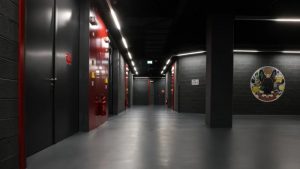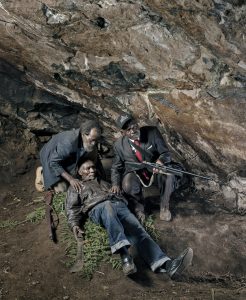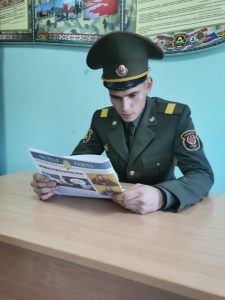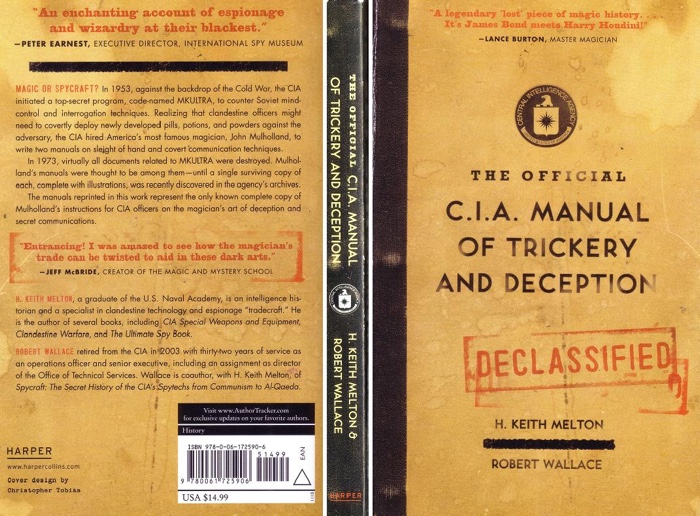
The Official CIA Manual of Trickery and Deception, 2009
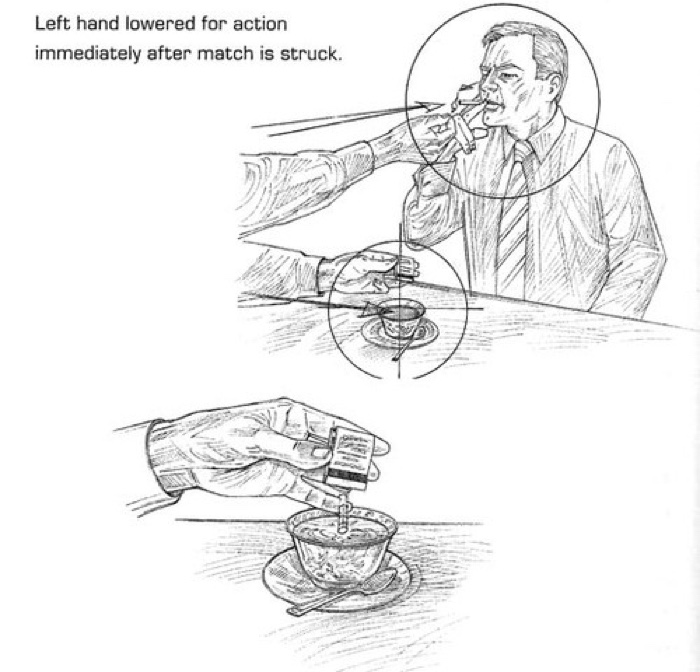
The Official CIA Manual of Trickery and Deception 2009. Image via Gizmodo
During the Cold War, the CIA paid magician John Mulholland $3,000 to write a manual on misdirection, concealment and deceit. The manual teaches spies how to surreptitiously slip powder into someone’s drink, send messages with their shoelaces, steal documents, etc. In true spy fashion, the text was supposed to have been destroyed in 1973. It was however recovered, declassified, and reprinted a few years ago under the title The Official CIA Manual of Trickery and Deception.
Mulholland was not the first magician who put his skills at the service of governments. The famous Harry Houdini used his career as a cover and worked as a spy for the American and British governments. As for stage magician Jasper Maskelyne, he is remembered nowadays for his collaboration with British military intelligence during the Second World War when he elaborated all kinds of ruses and illusions to deceive the German troops.
PBS, The Ghost Army trailer, 2013

A halftrack with a 500 speaker mounted on the back for sonic deception. Image National Archive via Chicago Tonight
Around the same time, the U.S. set up the Ghost Army, an elite force whose specialty consisted in “tactical deception.” Its soldiers were recruited from art schools and ad agencies and given the mission to create visual decoys such as rubber airplanes and inflatable tanks, sonic deception and fake radio transmissions to fool the enemy into thinking that the allies troops, weaponry and infrastructures were far more formidable then they were in reality.
All these stories are of course entertaining but they also demonstrate that magic, because of the way it can deceive, confuse and manipulate is a powerful art that can be applied beyond the stage. Magic is an ambiguous and wide-ranging concept that sits at the intersection of science, spirituality and politics. It can be used to unsettle, misinform, divert the attention or even to put a veil over and make more opaque and inscrutable the complex structures that control us.
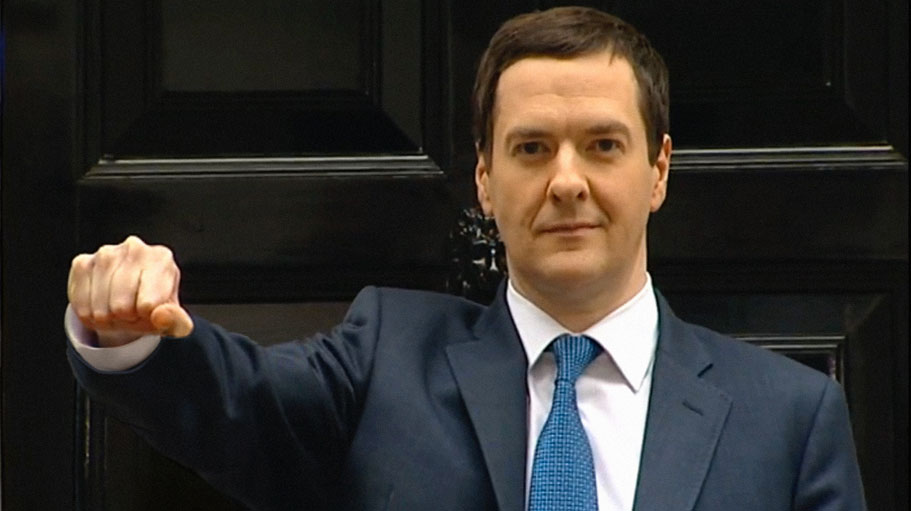
Hollington & Kyprianou, Gladiator, 2016 (Artefact commission.) Digital composite using ITN news archive
This year, the Artefact festival at STUK in Leuven (Belgium) is looking closely at magic and the role it plays in politics, finance, the military, technology and more generally in society.
The artists in The Act of Magic shed light on the way in which magic and the magical has permeated all layers of our everyday life. From poetry to activist strategy, from magical object to black box, from benign illusion to deception and manipulation, from New Age self-help advertisement to spiritual vision: the artworks throughout the exhibition incite magical thinking and reveal a passage to another world.
Artefact: The Act of Magic is a joyful, thought-provoking and intelligent festival. I expected razzle-dazzle, hocus-pocus and charming artifices. I certainly found some of that across the exhibition space but i also encountered a series of artworks that explore and demystify offshore constructions, high frequency trading algorithms, political ploys and other black boxes that keep the secrets of power away from society. I’ll focus on some of these work in this first report from the festival. The first one is from one of my favourite artistic duos:
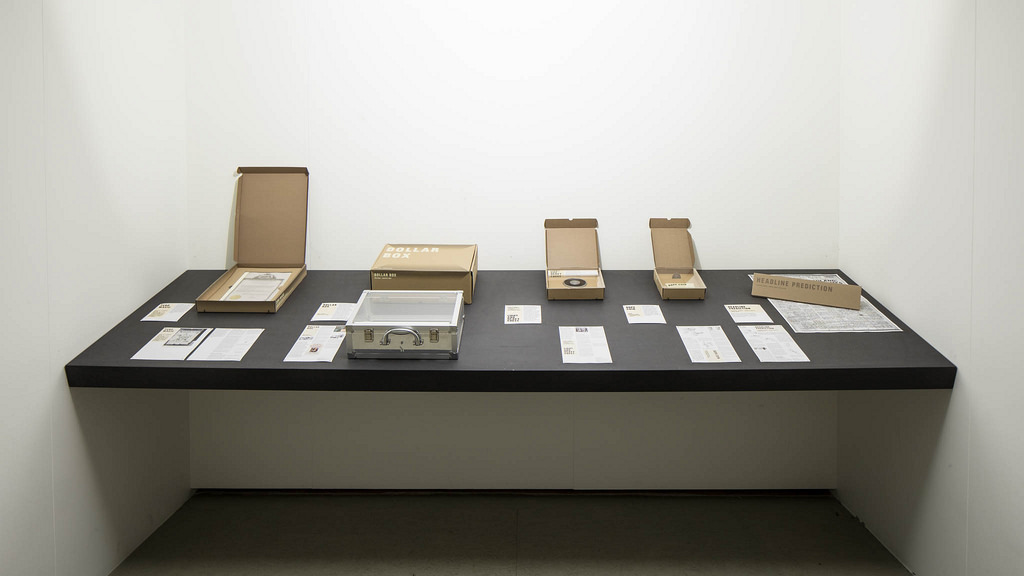
Goldin+Senneby, Zero Magic, 2015-2016. Installation view at STUK in Leuven for the Artefact festival. Photo © Kristof Vrancken
For the past ten years, Goldin+Senneby have been studying the economic and financial world to master its strategies and bring its shadier businesses into public discussions.
For Zero Magic, the artist infiltrated a hedge fund in the US, reverse engineered its methods and recreated its short selling practices.
In finance, ‘short selling refers to the practice of selling something you do not own. Making a profit of it if and when the target company looses in value. Successful short sellers commonly trade in the narratives of failure, fraud and corruption, since dire findings and rumours are what help realize their short positions. Just like magicians, short sellers make a living by ‘adjusting’ people’s perception of reality, making them see things that don’t exist.
In collaboration with the magician Malin Nilsson and finance sociologist Théo Bourgeron, Goldin+Senneby developed and patented a magic trick for the financial markets that has the capacity to undermine the perceived value of a publicly traded company and to profit from this. The magic gimmick consists in a computer program that help non-experts identify suitable short selling targets, and a step-by-step guide to undermining their perceived value and executing thus a successful short sale.
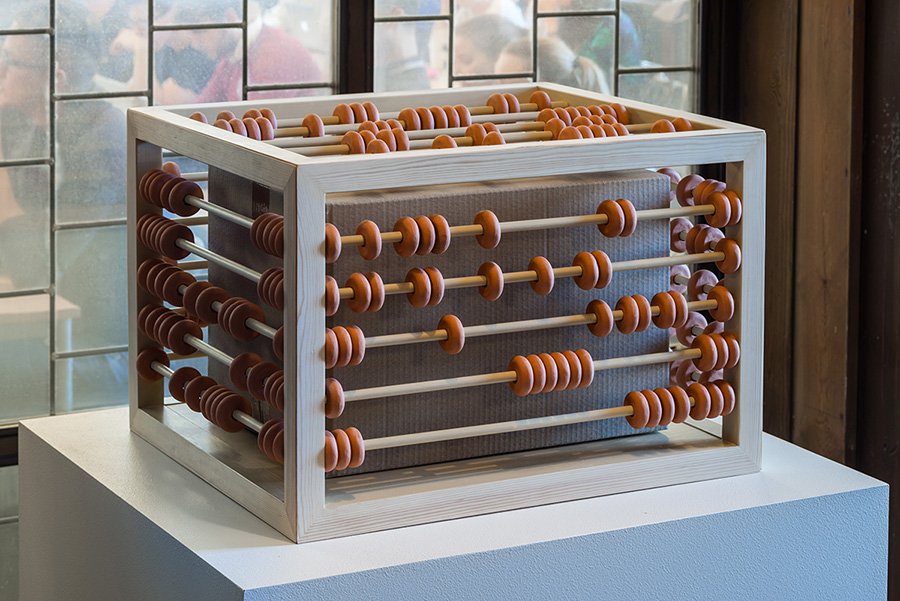
Goldin+Senneby, Zero Magic, 2016. Magic box. Installation view: Stockholm School of Economics
Goldin+Senneby put the Zero Magic computer software inside a magic box that also contains a US Patent Application for Computer Assisted Magic Trick Executed in the Financial Markets and four historical examples of magic tricks played out offstage, in real life. One of them is the ‘Light and Heavy Chest’ trick performed in the 19th century by magician Jean-Eugène Robert-Houdin and used in colonial Algeria as a demonstration of European superiority.
The work was first presented as part of a magic show in Helsinki in 2015 and, according to the artists, it realized a 64.7% profit for the members of the audience who had participated in the experiment by buying special tickets.
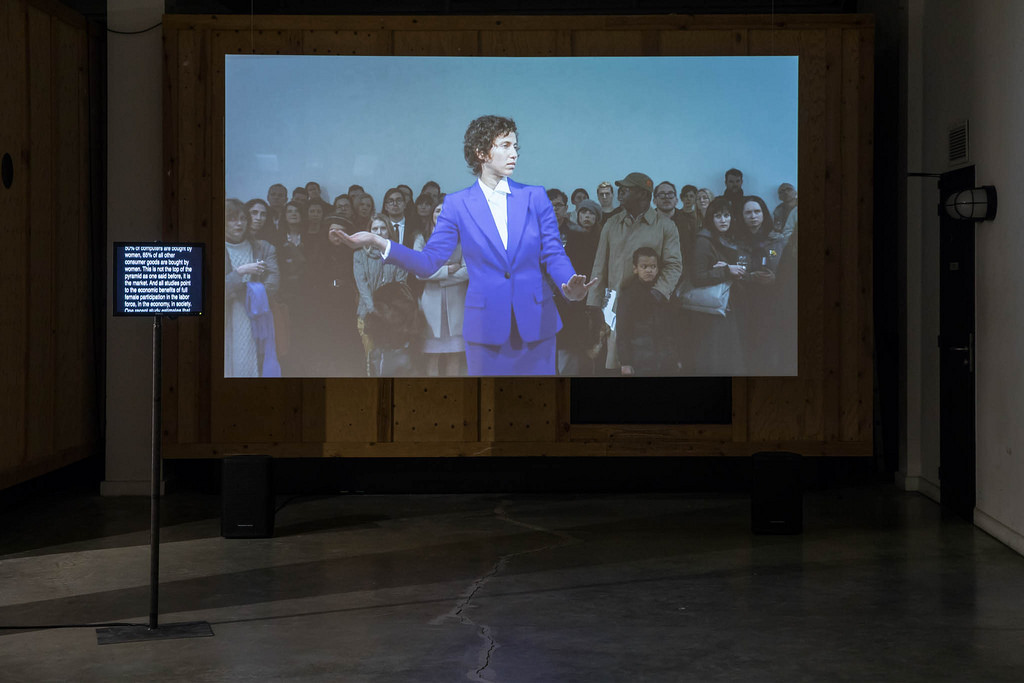
Liz Magic Laser, Stand Behind Me, 2013. Installation view at STUK in Leuven for the Artefact festival. Photo © Kristof Vrancken
Liz Magic Laser, Stand Behind Me, 2013. Performance and two-channel video, 10 minutes, Lisson Gallery, London, UK
Liz Magic Laser worked with dancer Ariel Freedman to adapt oratorical gestures from speeches made by politicians from various countries. A video of the performance made at the Lisson gallery in London is screened at STUK. Next to it, a teleprompter displays the corresponding script delivered by the politician mimicked. The isolation of expressive gestures is mesmerizing. Even if you pay no attention to the text, you can’t help but be seduced by the movements and rhythms of the body. You also gradually come to realize that, as soon as they step on their speaking platforms, world leaders behave and appear like magicians selling their illusions to the public.
Center for Tactical Magic, Linking & Unlinking, 2009
The Center for Tactical Magic, an activist art collective that uses the many guises and functions of magic to challenge existing power structures, had several works in the exhibition. One of them was the Linking & Unlinking video. Initially designed to be displayed on a digital billboard in New York after the city had implemented the stop-and-frisk policy, the short film combines 3 different source materials: found footage demonstrating how to pick locks to free yourself from handcuffs; found footage of professional and amateur magicians performing the classic magical escape trick, “the linking rings” (a.k.a. “ninja rings”); and, a rolling text of “Know Your Rights” information from the American Civil Liberties Union explaining what your rights are if you are stopped by the police.
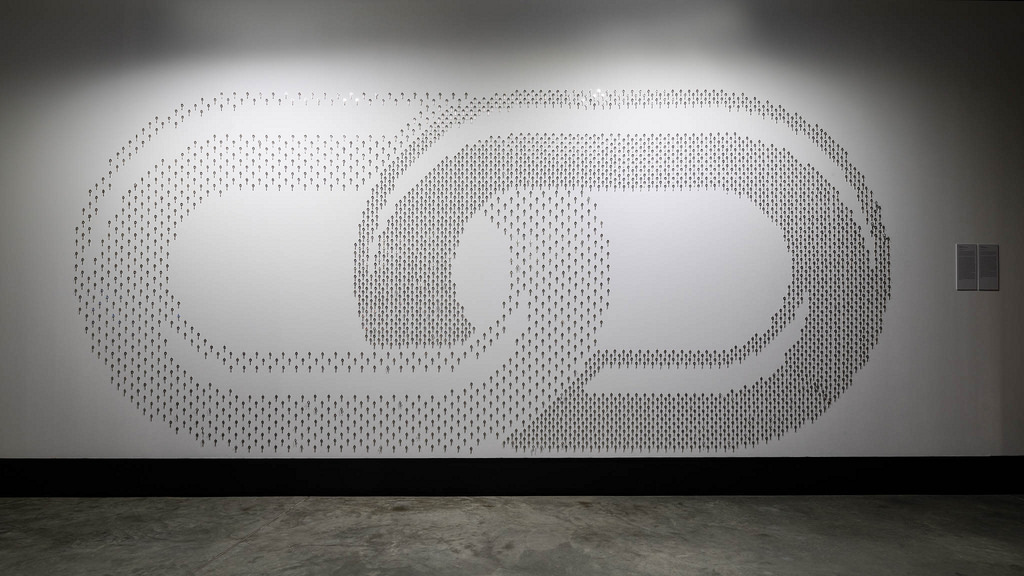
Center for Tactical Magic, Universal Keys, 2017. Installation view at STUK in Leuven for the Artefact festival. Photo © Kristof Vrancken
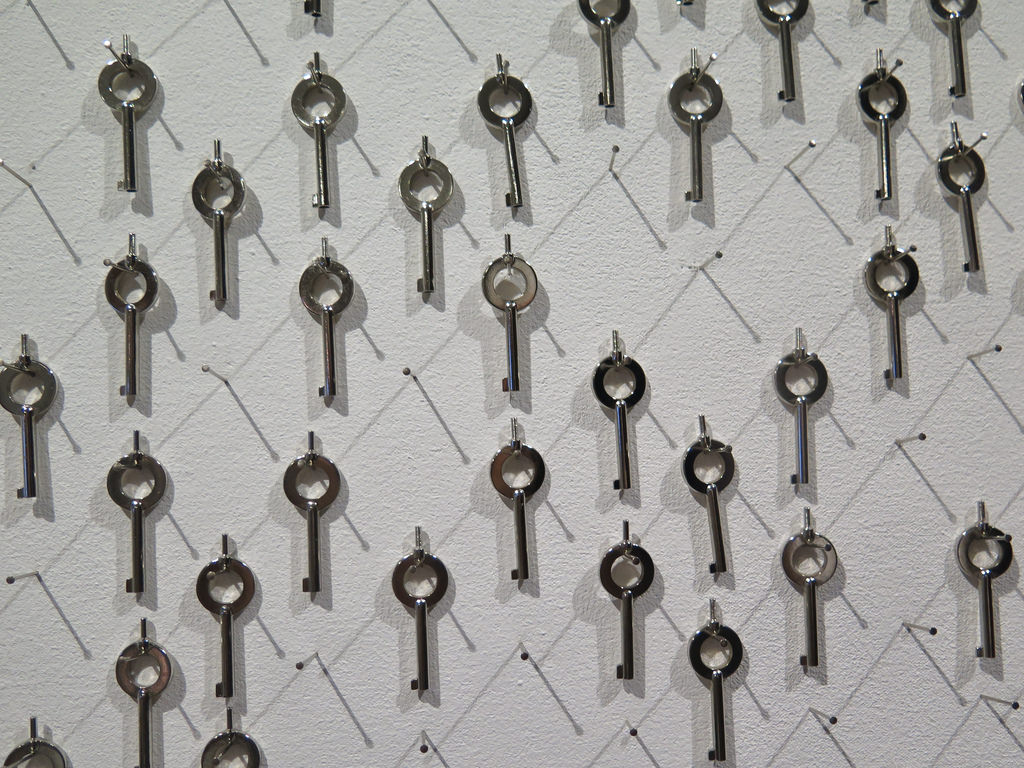
Center for Tactical Magic, Universal Keys (detail), 2017
Universal Keys, an installation especially made for Artefact: The Act of Magic, is the perfect companion for Linking & Unlinking because of the way it exposes the competing illusions of liberty and law. Thousands of “universal” handcuff keys hang on a wall in a formation that evokes two interlocking links. Visitors are invited to take a key for personal use.
According to Aaron Gach, founder of the Center for Tactical Magic, the work explores the illusion of control and liberation. This illusion was at the forefront of the escape acts popularized by Houdini and other magicians. Handcuff escapes are particularly appealing to people seeking their own release from authoritarian control. As the artist explains:
Offering visitors their own handcuff key invites the potential for accomplishing their own self-liberation. Although it is completely legal to purchase, own, and carry a handcuff key in most countries, possession of such a key is also sure to invite scrutiny.
Similarly, notions of security and threat are seen as linked to our collective desires for freedom and safety as they form two parts of the same illusion. Does possession of a universal key truly enable the beholder? Or, does it simply make visible the material strengths and weaknesses of state power? In what context might such a key open up new possibilities for understanding power relations? Ultimately, these are questions to be answered by those who hold the keys.
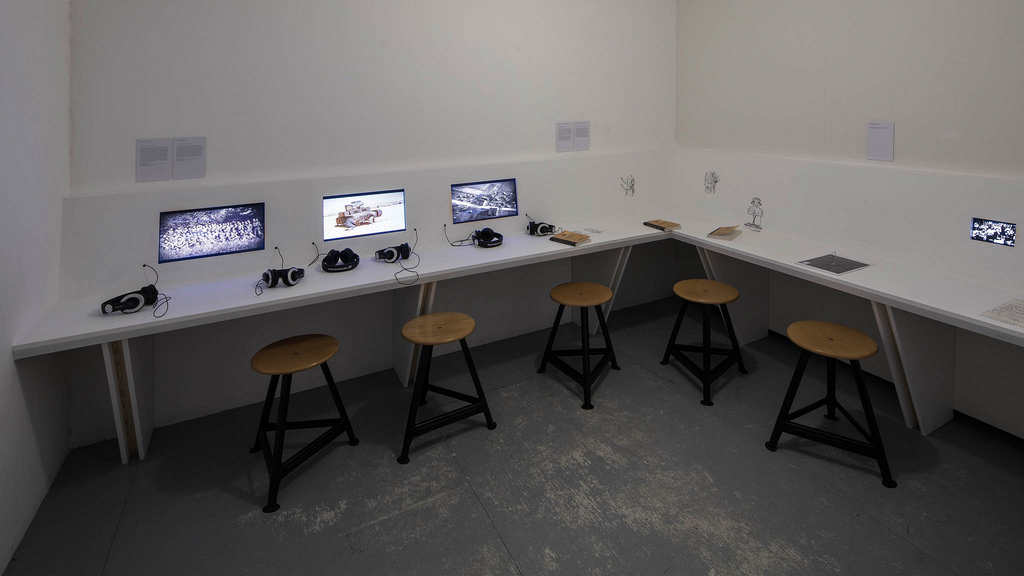
CIA, The Ghost Army + Jonathan Allen, Levitating The Pentagon. Installation view at STUK in Leuven for the Artefact festival. Photo © Kristof Vrancken
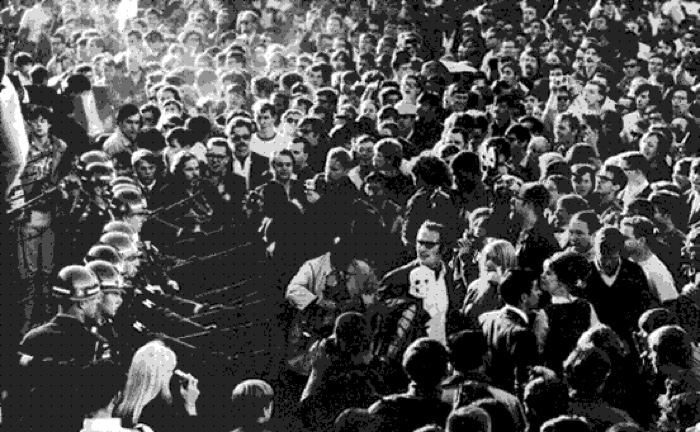
Abby Hoffman and friends attempt to levitate the Pentagon. From the University of California, via Unredacted
Exorcising the Evil Spirits from the Pentagon, by The Fugs
The festival has a room dedicated to historical films that explore the connections between the military and the magical. One of these films is The Ghost Army mentioned above. The other one recounts The Levitation of the Pentagon.
On 21 October 1967, activist Abbie Hoffman, poet Allen Ginsberg and Ed Sanders of the band The Fugs devised an exorcism ritual as part of the ongoing protests of the Vietnam War. They organized a ‘magical’ happening called Levitating the Pentagon. The activists even attempted to secure a permit beforehand, asking for the authorization to elevate the HQ of the U.S. Department of Defense 300 feet (almost a meter) in the air. They were granted 3 feet. Together with thousands of demonstrators, they joined hands and meditated around the Pentagon while chanting Aramaic exorcism rites. They announced that they would use ‘psychic energy’ to make the building float above the ground and vibrate until all of its war-loving demons spilled out of it. The Pentagon never did rise nor vibrate (in case you were wondering.)
However, the wacky action demonstrated that playful energy, magic and ‘secret’ insights are not the appanage of the political or military elite. They can also be harnessed by citizens to achieve political ends, greater public debate and manipulation of corporate media techniques.
Artefact : The Act of Magic is at STUK – House for Dance, Image & Sound, in Leuven, Belgium until 9 March 2017. The exhibition was curated by Karen Verschooren from STUK & Ils Huygens from Z33.
Previously: Dataghost 2. The kabbalistic computational machine and Interview with The Center for Tactical Magic.
More installation views of the exhibition Artefact : The Act of Magic. I also have a crappy flickr album.
Photo on the homepage: Liz Magic Laser, Stand Behind Me, 2013, via Lisson Gallery.


